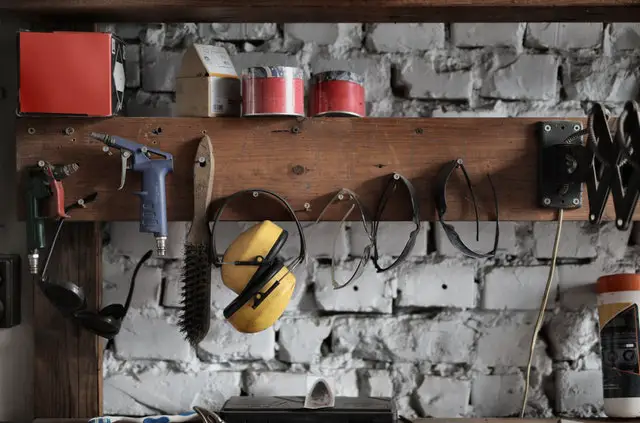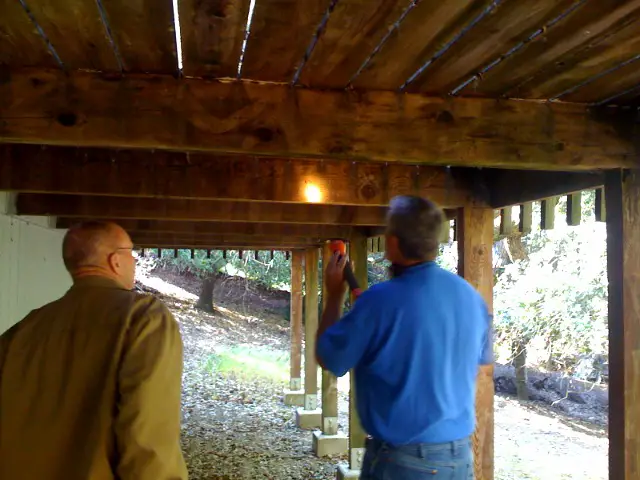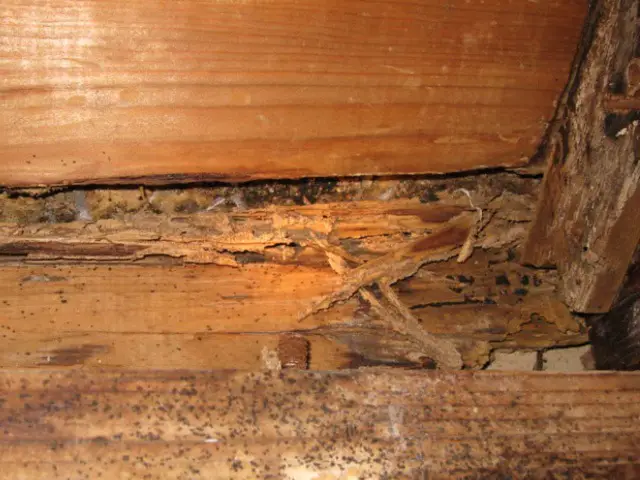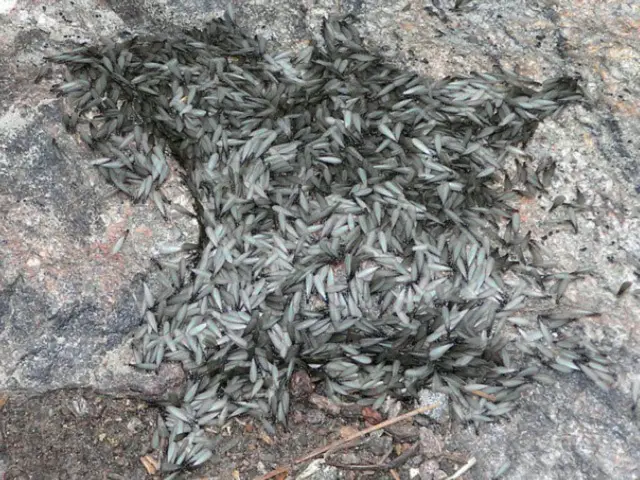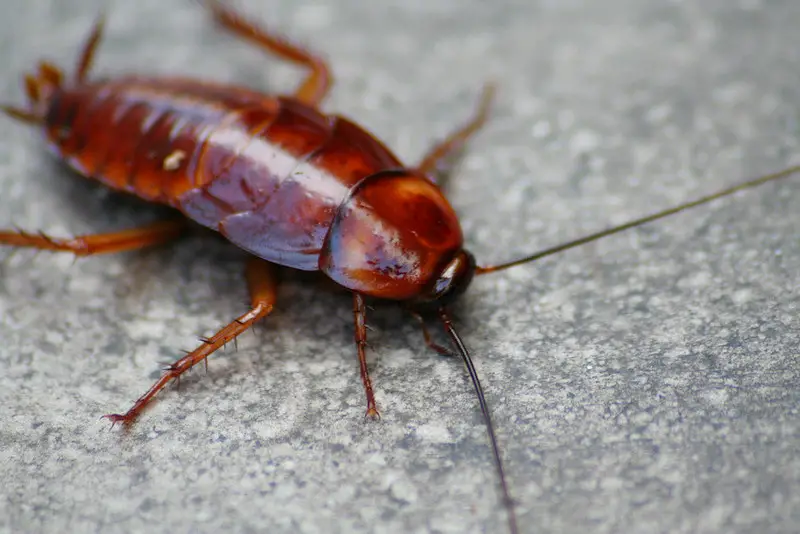Mice are a constant threat to any house, and having a mouse in your kitchen is not nearly as lovable as Mickey Mouse. So, if you want to get rid of the rodent, you need a homemade mousetrap, especially, since mice live in groups. Mice want to live near people to be close to an easy source of food and water.
Here’s how to make the best homemade mousetrap. If you want mice out of the house and you don’t want them to be dead, that’s exactly what you need. Build a humane trap. What’s more, you can use many homemade mousetraps indoors and outdoors.
None of us like the idea of little mice living in our homes, eating our food, and drinking our water. However, some people insist that they are as sweet as they are, even though mice carry dangerous diseases that can cause considerable harm.
Best homemade mousetrap
Here is the best homemade mousetrap that you can make with items you already have at hand. As a side note, you can also use this trap as a rat trap. Best of all, it works without doing any harm to mice. But, of course, you can also use this mousetrap to kill a mouse.
This mousetrap is called a bucket trap. You hand out peanut butter from an empty can, hang up a metal wire and open the bucket.
Related posts:
Don’t worry; the fall probably won’t hurt the mouse. The mouse will lose its balance and fall into the bucket, but it will not escape. Instead, she will venture into the can in search of the bait and start spinning. When you arrive to release it, at least the mouse enjoyed a nice meal on you.
Remove the lid from the place where it is attached and drill a hole at the other end. With the beer or soda can, you should be able to prick a hole in the bottom. For this, you can use a knife or some other cutting tool.
For your trap to be successful, the bucket must be large enough to catch the mouse once it has been caught. Choose at least one five-gallon bucket. To achieve the desired result, line the bucket with water, a layer of oil or grease. If you want the mousetrap to be a live trap, don’t add water to the bottom of the bucket. The inner surface of the buckets should be smooth and free of scratches so that the animals cannot climb in and out.
Drill two holes, one next to the other, about an inch below the edge of the bucket. Move a thin steel wire that has been converted from a coat hanger or a can into the middle of the edge of the bucket. Insert the wire into the cans and hook it between the holes in the bucket.
Don’t give the mouse a reason to think about peanut butter. At this point, make sure that you can spin like on a tightrope so that the mouse can breathe peanut butter without walking around everywhere.
Related post: Why Mice Come Into Your House in the Summer?
If your scraps of wood look way too steep, you need to cut longer pieces of wood.
Spread a generous amount of peanut butter around the tin. Crunchy peanut butter is the best mouse bait.
If you are trying to catch mice in a busy area such as the kitchen, leave your trap outside overnight and check-in in the morning. Check-in areas such as the garage after a few hours.
It won’t be long before you’ve caught one or more critters. Then it is time to release the mouse and return to the place where you live. The mouse is destined to return again and again.
The best homemade mousetrap must be placed in the right location. Your job is to make the mousetrap as attractive to the mice as possible. You need to use the right bait and the correct amount of it too.
Homemade toilet paper roll mousetrap
If you have a mice infestation but don’t have the budget to buy ten mousetraps, you could make your own. The toilet paper mousetrap is excellent if you don’t have the stomach for traditional kill mousetraps. It is a simple, inexpensive mousetrap you can make in your own home. When you are finished with the mousetrap, you’ll be catching a mouse without a mousetrap.
Here’s how to make a homemade mousetrap:
- Place an empty five-gallon bucket under a table or countertop. Add some newspaper to the bottom of the bucket. This needs to be done in an area where there is a mice infestation.
- Take an empty paper towel or toilet paper roll. One side of the roll should hang over the edge of the table or countertop.
- You can use some tape to secure it to the surface. The tape should be on the bottom of the roll about, in about the middle of the roll.
- Put a crease on the toilet paper roll. The resulting shape should allow the roll to lay flat on the table surface. If you do a good job, the bottom of the roll will stay flat once you set it down on the table surface.
- Please a dab of crunchy peanut butter at the very end of the paper roll. This should be the edge in the air over the five-gallon bucket.
- Now, you need to be patient. Wait for the mouse to take the bait. This homemade mousetrap is great because mice love tunnels, and they cannot resist peanut butter. It’s only a matter of time before the mouse smells the food. When that happens, the rodent will climb inside the roll and tumble through the bucket.
- Set the mouse loose far from your home, preferably in wildlife or wooded area. Tip the bucket on its side and let the critter go. Don’t try to touch the mouse. Mice can carry diseases. They bite. If you are not careful, you could be bitten.
- If you think there are more mice in your home, repeat the process. For best results, you might need a new toilet paper roll.
Homemade shoebox or shipping box mousetrap
A shoebox or shipping box mousetrap is one of the most effective ways to get rid of mice in your home. It’s a reusable moustrap. If you want a live or no-kill homemade mousetrap, this is it.
- Take an empty paper box. You could use a large shoebox or a larger paper shipping box.
- Cut a square hole on the top of the paper box. You can use a box cutter or a sharp knife. Always use protective gear when working with tools.
- Use a sheet of paper box material. This sheet of paper needs to be hard, and it needs to be larger than the size of the hole you cut.
- Cut two pieces from one of the narrow sides of the sheet. When you are done, you should have a four-inch piece sticking out on one of the narrow sides of the sheet.
- Take a piece of the material you just cut off and use it to make the part that now sticks out of the paper sheet.
- Cut a small opening about one inch from the top of the box for the sheet you have been working on. The paper flap should fit through the hole.
- Make a hole at the end of your paper flap. The hole should be about one inch from the small edge of the flap.
- Take a piece of string and place a weight on end. About half a pound should be enough weight. It is the weight that will hold the paper flap in position.
- Drive a metal or wood stick through the two sheets of paper. This stick will hold the paper flap in place.
- When the mouse or rat walks on the flap, it will drop right through. But because you have the weight installed on the end of the flap, it will prevent the rodent from escaping from the box.
- To make sure the paper flap doesn’t open, you can place a small piece of wood on the three sides of the cut. Because the pieces of wood stick out, they don’t let the flap rise above them. They prevent the flap from opening. As a result, the flap will only open inside, but it will not open upward.
- Now all you need to do is place some rat bait or mouse bait on the top of the paper flap. Just give it a bit of time and let the mice fall through. You can’t argue with success.
Homemade bottle mousetrap
One of the best things about this homemade mousetrap is that you can make it out of recyclables.
Start with an empty two-liter plastic soda or water bottle, two soup or vegetable can caps, four screw-on type plastic bottle caps, one pen – you only need the outside of the pen, not the inside part that holds the ink. You will also need a sheet of wood or plastic for the base of the mousetrap. The size of it should be few inches longer and wider than the bottle you use.
The following steps explain how to make a homemade bottle mousetrap:
- With a glue gun, glue the pen – remember only the outside of the pen – the empty plastic bottle. Because the glue is hot, it might melt the plastic bottle. To prevent melting, fill the bottle with lukewarm water before you start working with the glue gun. When you glued the pen to the bottle it should easily tilt back and forth, like an old-fashioned balance scale.
- Place the bottle with the pen on the wood or plastic board. The bottle should be in the middle of the board.
- Place two bottle caps next to the pen. One cap should be on the left of the pen and the other should be on the right. Do the same on the other end of the pen. There should be a bit of space between the pen and the two caps. The space allows the pen to easily move between the caps.
- Now that you have positioned the four caps, take your glue gun and glue all four caps to the board.
- Melt a little hot glue on each end of the pen. The small blobs will help keep the pen in place. The blobs will prevent the pen from moving too far in either direction.
- Take a soup can lid and glue it to the base, so it also touches the top of the bottle. You should glue the lid in a way, so the bottle is leaning toward it.
- For support, take the second can lid – this is critical because the mouse will use this second lid to climb into the bottle – and glue it to the first lid at a 45-degree angle. The second lid basically supports the first lid. After you have glued the two lids, the bottle needs to be able to move freely back and forth.
- The easiest way to bait the homemade mousetrap is to take a two-inch square paper towel and add a small blob of peanut butter. Drop the bait in the bottle. The bait should be in the bottom of the plastic bottle mousetrap.
Homemade trash can mousetrap
One of the best things about the homemade trash can mousetrap is that you can make it out of an old plastic trash can. Trash cans are durable and will last a long time, hopefully you won’t have mice infestation that lasts that long. To make a trash can mousetrap costs almost nothing and it is a great way to catch rats and mice.
Start with an empty swing-top trash can or plastic garbage can. A ten-gallon trash can would work well as a mousetrap.
- Remove the swing top from the trash can.
- Take a thin steel rod or wood stick to serve as the axis for the swing top. With the axis in place, the swing top will gently swing back into place. The axis should be about two inches wider than the trash can.
- The swing top should be positioned so the lowest part of the swing is about 12 inches from the top of the trash can. The goal here is to make sure that the mice cannot reach the bait without letting go of the top of the trash can.
- Make two holes on the sides of the trash can. The holes should be at the right height for the two sides of the axis. Once on the axis, the swing top should freely move back and forth.
- With a glue gun put some glue on the inside and outside of the trash can on both sides of the axis.
- Please two-sided tape squares at the center part of the swing top. Also, place two squares on the two lowest parts of the swing top.
- On the two-sided tape, place small pieces of smoked bacon and chunky peanut butter. You could also spread some grains on the two-sided tapes. The two-sided tape will ensure that the mousetrap bait stays in position even after the first mouse falls inside the trash can.
- Finally, you need to make two ramps to help the mice get to the top of your homemade trash can mousetrap. Make sure that the ramps aren’t too steep. If the ramps are too steep, the mice might avoid the trap. If you have to have steep ramps, you could add some steps to help the mice make the climb. For best results, you could smear some peanut butter on the ramps.
